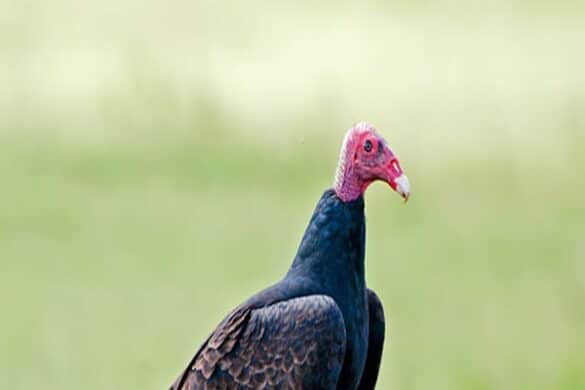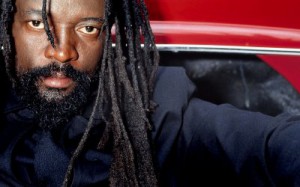For some this might be considered a morbid subject however due to a childhood fascination I am going to write about it as after all it is part of Mother Nature.
In recent times here in Britain, people have gone abroad on holiday to places such as Tenerife, the Greek Island of Symi and Spain and been reported missing for weeks with search parties combing vast areas trying to locate them. Sadly, so far one of the missing persons Dr. Michael Mosley a British television and radio journalist was eventually found dead in a remote part of Symi after going for a walk in what was extremely hot weather. The other two missing British persons in countries also known for their high temperatures at this time of the year make me recall my experience in Jamaica which I will explain below.
I am by no means an ornithologist but whilst growing up in the parish of St. Thomas one could tell when someone had died in the district of Whitehall or surrounding areas as the scent of death so to speak brought John Crows, known as Turkey vultures or Clarion crows to suddenly appear from nowhere in large numbers in the sky hovering around for ages. That was the tell-tale sign that somebody had died. It was a weird and creepy sight to behold but a reality nonetheless. These birds are scavengers and not the most sightly creatures to look at.
Seeing a John Crow perched in trees, on house tops or electric pylons is regarded as a bad omen and signifies impending death or destruction for the person’s family.
One often sees television documentaries especially filmed in parts of Africa where these vultures descend on the carcasses of rotting animals and compete for the meat with lions, tigers and hyaenas in the animal kingdom. That makes me wonder and ask the leading question in the title as to whether these birds are only in Jamaica or for that matter the Caribbean as if these missing persons in Europe had tragically died whilst hiking in these remote areas, surely crows would be a give-away sign. I stand to be corrected on this learning curve as probably those countries do not have John Crows.
The John Crow is a bird of great symbolic importance. In the Jamaican setting it is associated with ugliness, evil and disgrace. In abusive arguments people will call each other names such as ‘dutty John Crow’.
I recall in the seventies singing with the Jamaican Folk Singers led by the late Dr. Olive Lewin and the lyrics of one of the songs we performed was about the John Crow which some of you might know.
John crow sey im cyaa wuk pon Sunday
Cyaa wuk, im cyaa wuk pon Sunday
John crow sey im cyaa wuk pon Sunday
Cyaa wuk, cyaa wuk pon Sunday
Tink a lie mi tell
Kill yuh mawga cow
Tink a lie mi tell
Kill yuh mawga cow
Another popular folk song is entitled Peel Head John Crow sid dung pon tree top’ which the late Jamaican comedienne and folklorist the Honourable Louise Bennett explains in her imitable style on You Tube. Well worth listening to.
I won’t be able to put all the words in this article to both songs but do look them up and check out the several versions of them being sung on You Tube as that is part of our Jamaican folklore and culture which should be passed on to the current and future generations.
It is also interesting to make some readers aware of the fact that although we hear a lot about the Blue Mountains in Jamaica which I climbed to the summit in 1979 with other teachers from Holy Childhood High School before returning to England that summer, the John Crow mountains which cover the Eastern parishes of St. Andrew, Portland, St. Mary and St. Thomas are also a main feature of the Jamaican landscape.
It would be interesting to hear of readers experiences regarding the John Crow in the comments section as there are myths and misconceptions surrounding this vulture. I recall that they were often in the scripts of the Little Theatre Movement annual pantomime at Ward Theatre back in the seventies.
In Britain you can often hear the saying that one is ‘like a dog with a bone’. In Jamaica the similarity would be ‘picharie in a John Crow back’ as should the crow venture in to the territory of this small bird, it would keep pecking the crow in a very fierce manner until it left the area proving how size can be an effective deterrent.
There is indeed a lot of information on the internet about the John Crow and according to Frederic G Cassidy and R.B. Lapage the first record of the John Crow in Jamaica was in 1826. Please increase your knowledge and understanding of this vulture by doing some further research online,
0ne certain thing is that any dead animals in some parts of the island, the John Crow will find them with their strong sense of smell and devour them, so they do have their purpose in cleaning up and getting rid of the awful stench that permeates the heat.



